Passover with my family in the Holy Land gave me a mishmash of real war and personal peace.
From 7,000 feet over the Mediterranean, just minutes after take-off from Tel Aviv’s Ben-Gurion Airport, lights flashed over Gaza. Air strikes, perhaps. Israeli media reported they began at roughly 12:30 a.m., on April 7, and now it was 1:15.
I glanced over at my parents, who remained oblivious. Good, I thought, better they don’t know how bad it’s gotten until we’re higher, farther away. The trip began with the threat of mass demonstrations and now it ended with the threat of all-out war.
Back in Los Angeles, on March 27, just before we left for the trip, Mom wondered if we should cancel. Israeli Prime Minister Benjamin Netanyahu’s attempts to upend the court system had provoked massive demonstrations in Tel Aviv and Jerusalem, as well as a general strike so broad that even McDonald’s temporarily shuttered. No, I insisted—we’re going. “Next year in Jerusalem,” I said referring to a signature phrase of the Passover seder, “will be this year in Jerusalem.”
I didn’t want to wait another year—if the pandemic had taught me anything, it’s not to delay things. War or peace, I was dragging my small mishpocha to Passover in Jerusalem. It’s what good Jewish boys do, after all. And I desperately wanted to be a good Jewish boy.
Recommended Fodor’s Video

What a Dummy
But I’m not a good Jewish boy. Sure, I’m a Jew. My mother’s Jewish—ipso facto. But my father was raised a Catholic, which complicates things. We used to celebrate the greatest hits of Judeo-Christian holidays—though I preferred the Christian ones, mainly because I thought that jellybeans and gingerbread were more enjoyable than gefilte fish and kasha varnishkes. Still, we lived surrounded by Jewish friends and family. We were cultural Jews, if not religious—and if asked, Dad always insisted he felt a closer relationship with Judaism to Catholicism.
So, as I approached 13, my grandmother pushed me to have a bar mitzvah. She guilted, cajoled, and bribed. But I didn’t want one—I didn’t want to learn Hebrew, I didn’t want to go to school on the weekends, I didn’t want to do the work. She told me I was a dummy.
And now I agree with her. Though it took decades for me to feel this way.
It’s not that I rejected Judaism, but I didn’t feel Jewish. As secular Jews in Los Angeles, I never had to feel any way about it. Mom didn’t have it as easy—she grew up in Pittsburgh, outside the Jewish area, surrounded by goyim who were all too comfortable with antisemitism. It was only when I started traveling abroad in my twenties that I first encountered it myself. Someone called me an ugly slur for the first time, and another questioned my ethnicity—in a manner that was neither polite nor complimentary.
I was fortunate—privileged, really—that I only heard such things when volunteering my heritage. Nothing else gave me away (although conditioning has made me susceptible to the belief that my prominent schnoz might alert some). More frequently, in almost all corners of the world, I’ve heard casual antisemitism bandied about. The usual stale old tropes about money, cheapness, world domination, George Soros, and the like.
Somehow these various bigoted assertions made me feel more Jewish than growing up surrounded by Judaism. It may not be healthy, but it taught me a small, visceral lesson of my culture.
Around this time, and almost certainly connected to it, I began to practice tiny acts of devotion—lighting candles, the occasional fasting for Yom Kippur, hanging a mezuzah. And in the years since, I’ve only grown more committed to these traditions. A secular Jew, for sure, but a proud one.
My connection to my heritage bonded me to Mom—there’s a lot of truth about what’s said of Jewish boys and their mothers. But one thing that’s untrue, at least for me: she never guilted me for my abandonment of Judaism; although she certainly delighted in my growing return to it.
Still—as an un-bar-mitzvahed boychik (who went on to marry a shayna maidel shiksa), I felt a bit like a fraud. Jewish guilt is real, my friend, even if it doesn’t come from your mother. As one rabbi put it, it stems from the feeling that as Jews, we “haven’t lived up to the standards and expectations of [our] people.”
But maybe I could remedy that feeling. Somehow, I became convinced that a Passover trip to Jerusalem with my family might unburden me. Maybe a vacation to Eretz Yisrael could make me less of a dummy.
What a Shanda
Our arrival in Jerusalem narrowly avoided the country-wide protests. Things had calmed somewhat: Netanyahu punted his court overhaul until after the Passover adjournment of the Israeli Knesset. But to keep the pressure on the government, weekend protests were scheduled to continue.
We first glanced the city after emerging from a tunnel on Israel’s Highway 1. It was surprisingly beige. The most colorless town I’d ever seen. Except for one big, bright razzle-dazzlingly glittering gold dome. The Dome of the Rock.

It’s impossible to gaze on anything but the Dome of the Rock. First of all, it sits high atop the Old City; second—it’s pretty—really knock-out gorgeous pretty; and third, it’s awfully important to civilization. How important? Well, here’s the abridged Sunday school version.
Housed in the belly of the Dome, unseen by most, is the Foundation Stone. According to the Jewish religion, from this stone came the dust that God turned into Adam; it’s here that Abraham nearly sacrificed his son, Isaac; and where King David built the altar. And to the Islamic religion, from this rock, the Prophet Muhammad, riding a winged steed, launched to heaven—it’s said that a hoof print still remains. Simply put, depending on whom you ask, this small patch of the planet is not only the foundation of Jerusalem, but Abrahamic religion and the entire world. But wait, there’s more!
The wide, expansive plaza around the Dome, the Temple Mount, is where Jews believe David’s son, King Solomon, constructed the First Temple in the 10th century B.C.E. After the Babylonians obliterated Jerusalem in 587 B.C.E., Israelites erected a Second Temple here, which King Herod found to be underwhelming when he ruled Israel in the 1st century B.C.E.—so he completed a full HGTV renovation. It didn’t last long; the Romans sacked it in 70 C.E. There is some archaeological evidence for much of this, but nothing conclusive.
And of course, all of this sits within the Old City, which feels like a Crusader-constructed Disneyland of biblical amusements. (Step right up and visit the Stations of the Cross—don’t forget to have your photo snapped at Station Number V! Then, wine and dine at the genuine and divine location of the Last Supper, conveniently located only one floor above the tomb of King David!)
We toured the Old City the day before Passover, on the morning of the thirteenth day of Ramadan. I asked our guide, Mika Rabinovich, if we could see the Temple Mount. “It closes at 11 today,” she said. “So, there’s not much time.” Though only 1 square kilometer, the Old City’s streets are winding—we hightailed it from the Jaffa Gate, through the labyrinth, all the way across the citadel.
INSIDER TIPIf you’re visiting Israel, Mika Rabinovich is a truly outstanding tour guide. You can book her via WhatsApp at +972 54-541-1434.
After we passed through a metal detector at the perimeter of the Temple Mount, a man stopped Mom. He handed her a brown canvas skirt and pointed to her legs. Not exposed legs, no. She wore a skirt—a long skirt mind you, long enough to make the Amish proud. But not long enough for this man.
And who was this man? Let’s do a quick history lesson.
In 638 C.E., the Umayyad Dynasty conquered Jerusalem from the Byzantine Empire—ushering in 1,500 years (give or take) of Muslim rule (it was an Umayyad caliph who built the structure that would become the Dome of the Rock). And although the state of Israel formed in 1948, Jerusalem’s Old City didn’t fall under state control until they took it in the Six Day War in 1967 (the United Nations considers the Old City to be occupied territory). However, under the “status quo” agreement, which dates back to Ottoman times, the Temple Mount’s management is administered by the Waqf, an organization whose membership is appointed by the Kingdom of Jordan, the country just next door.
And because of this precarious alignment, the governing rules—like seemingly everything in Jerusalem—are complicated and contentious. Non-Muslims are given restricted access to the Temple Mount, which is further restricted during Ramadan; non-Muslims are only permitted to enter the Temple Mount by only one of 11 gates; only Muslims are permitted within the Dome of the Rock; and Jewish prayer is not allowed at the complex.
Well, Mom didn’t take too kindly to receiving orders from the Waqf—her eyes widened, her lips pursed, and I knew that expression well. When directed at me, it meant I’d done wrong. Directed at the Waqf, it meant “international incident.”
I yanked Mom away and barked under my breath: “PUT ON THE SKIRT!”
She kvetched, “I don’t know if these are laundered.”
“PUT ON THE SKIRT!”
As she tugged up the burlap skirt she almost toppled over like a poorly-spun dreidel. She tripped her way across the plaza.
INSIDER TIPIt’s generally not a good idea to break the Fifth Commandment (“Honor your father and your mother”) in the Temple Mount.
A handful of Orthodox Jews crossed the complex, trailed by two Israeli Defense Forces members, both lugging unnervingly giant machine guns, and a pair from the Waqf.
Our guide, Mika, explained: As it’s forbidden for Jewish people to pray at the Temple Mount, a military escort accompanies anyone who is easily identified as Jewish (read: at minimum a yarmulke and tallit) to ensure they don’t break the rules. This is both for their protection, the protection of others at the site, and for the sake of the law.
And there was good reason to believe something might happen, especially during Passover. Israel’s hard-right Minister of National Security Itamir Ben-Gvir had visited it earlier in the year, sparking concerns that the government planned to upend the status quo. Some Orthodox communities, wanting to return the Temple Mount to the Jewish people, urged Jews to smuggle goats and lambs into the complex and sacrifice them. One group even promised a 20,000 shekel bounty for a successful slaughter.

The sacrifice of a lamb is part of the Passover story. And according to some Jewish law, the only spot where animal sacrifice is sanctioned is at the site of the Temple of Jerusalem. But according to other branches of Judaism, Jewish people should not step foot on the Temple Mount at all to avoid walking over the most sacred land in the religion.
So, depending on perspective—we were either very good Jews or very bad as we traipsed (and Mom tripped) over the Mount.
Though beautiful, it was hardly peaceful. It ached with tension. In the long-running regional battle, this has been an epicenter of conflict. Violent attacks and clashes have occurred almost every year—in 2022; in 2021; in 2019; etc. And when, at 11 a.m., the Waqf announced that all non-Muslims must skedaddle, I felt relief to leave the place behind me.
That night, the 2023 clash occurred. Israeli Defense Forces raided the 11th-century Al-Aqsa Mosque, which sits on the Temple Mount across from the Dome of the Rock. The IDF alleged that worshippers had barricaded themselves inside the mosque, armed with fireworks, sticks, and stones. More than 350 people were forcibly removed and detained.
Palestinian Prime Minister Mohammad Shtayyeh called the raid, “a major crime against worshipers.”
What a Kotel
I don’t know how to pray. Sure, I can belt out a swell “Baruch ata Adonai,” but ask me to translate it into English and I’ve got bupkis. I speak more Yiddish than Hebrew—so the words mean little to me other than recitation. Although, in the right setting, even recitation can draw emotion.
And this was the right setting.
After our Temple Mount sojourn, we carried onward to the Western Wall. There before us: the most sacred place in Judaism. Or at least, the most sacred place in which Jews are permitted to pray.
A little more Jewish history: After the destruction of the Second Temple by the Romans, the Western Wall remained—it was, by most accounts, a retaining wall built by King Herod. Following the invasion, the Temple Mount was claimed by pagans; and then in the Umayyad dynasty, Muslims. Jewish people were forbidden from the sacred site. So, according to history and tradition, they gathered at the Western Wall to mourn. They wept and they wailed—and for that reason, it became known (pejoratively, many Jews argue) as the Wailing Wall. To Jewish people, it is called either the Western Wall, the Wall, or, in Hebrew, Kotel.
My wife and Mom went to the right side of the Wall, Dad and I left—the Wall is segregated. We fished out kippahs from a communal bowl. And washed our hands with a cup—twice the right, twice the left—a practice called netilat yadayim.

Now there, at the Wall, I placed into a crack a note I’d written on hotel stationery. I bowed my head and with both palms touched the smooth surface, no doubt sanded down by millions of Jewish hands. I pressed my weight against the Wall—leaning toward my history.
Orthodox Jews surrounded me, shuckling back and forth, whispering prayers—this was old hat (old yarmulke?) to them. But not to me—I hadn’t any idea what to do, what to say, what to pray. Though all faiths and people are welcome to the Western Wall, I somehow didn’t feel like I’d earned it.
Still, it tugged a tear from my eye—it streamed down my face, surprising me. The pull of history, ancestry, lives in that Wall. It can be felt—not just in the hands, but through the body.
But I couldn’t stay there long. It didn’t feel right for some reason. I was the first to leave, before Mom, Dad, and my wife. I somehow felt like a fraud.
What a Matzoh
“They’re firing rockets from Gaza!” Mom called our room to give us the news. We were dressing for Passover.
“What? No. That can’t be.” But sure enough, it could—they were.
There had been fierce condemnation of the Al-Aqsa Mosque raid. Turkey stated Israel had crossed a “red line” and Egypt called it a “blatant assault.” The Secretary-General of the United Nations said he was “shocked and appalled.” The White House begged “all sides to avoid further escalation.”
But Palestinian militants in Gaza had other ideas. They fired nine rockets.
The slight odor of smoke wafted over Jerusalem as a taxi ferried us from our hotel to the seder. Not from exploding rockets, no—from the burning of chametz. Typically, before Passover begins at sundown, you’re supposed to rid your home of unleavened bread (the aforementioned chametz). In Reform or secular households, that typically means you toss it (or give it away, or hide it, or simply ignore the rule altogether). But in Orthodox homes, the chametz is gathered and set aflame. Now, charred sidewalks littered with the ashes of leavened bread blackened this otherwise beige city.
We pulled up to the Orient Hotel 20 minutes before sunset.
INSIDER TIPA note to any Jewish folks wishing for Pesach in Jerusalem—learn from my mistake. Finding a seder in Jerusalem ain’t easy—obviously, the restaurants are closed. You’re left with hotels. However, if you’re not staying in a hotel offering a seder, your afikoman will be an afi-no-man. I inadvertently booked us into a secular hotel. By the time I realized my mistake, there was no room at the inn (wrong religion, I know). I had to pull a few strings to get us wedged into the Orient next to Elijah.
If anyone had been panicking in the lobby about the rockets, they didn’t show it. No one in the city seemed to care. Missiles were background noise muted by the sanctity of the holiday.
We sat at our table in the dining hall. Mom and I flipped through the Orient-provided (and branded) Haggadah. Neither of us had led a seder before—and we didn’t expect our goyim spouses to do it. Grandpa used to run things at the Passover table. And if not him, some elder family friend did it. Usually, they condensed things into a tight 30 minutes—sitcom length. And I rarely paid attention, though I knew the highlights: four children, four cups of wine, four questions, and a whole lotta “cover the matzoh, now uncover the matzoh; cover the matzoh, now uncover the matzoh.”
It seemed to me that around us, at all the other tables, good Jewish folks were doing a bang-up job with the seder. Speaking in Hebrew, singing in Hebrew, standing while speaking in Hebrew, chanting altogether in Hebrew. But not our table. Why was our table different than all the other tables?
The Answer (or at least what I figured was the Answer): I’m a bad Jew who didn’t study the Torah when I was supposed to—like an actor who didn’t run lines—and now it’s showtime and I’ve got stage fright.
“Well,” I said. “I guess we should just start at the beginning. The recitation of the Kiddush.” In English, of course—not phoneticized Hebrew—we began.
We took turns reading the Haggadah, using our most monotone voices. One page at a time, skipping the parts that we didn’t care to recite—just like we did at every other Passover. We laughed when we screwed up—and we screwed up a lot. And kept on going. Soon enough, oddly enough, it felt like old hat (old yarmulke?). Like it used to as a kid—and as an adult, too. Somewhere, in the middle of the seder—I couldn’t pinpoint exactly when it happened—I stopped caring about the differences between our table and the others. But I saw the similarities.
All of us—whether Orthodox, Conservative, Reform, secular, or none of the above—we’re all children of this precious, ancient land. And all of us have been spread throughout the world in a vast diaspora—and we’ve all returned together again, on this night that’s different than all the other nights. On this holiest of nights. We were all Jewish, all together. And I, an un-bar-mitzvah’d boychick, was as Jewish as any of them. Yes, they knew more than I did—even the children there knew more than I did. But we’re all as Jewish as each other.
I’m Jewish because I’m Jewish. And that, I realized, is all it takes.
As we finished our seder, Mom teared up. She said to me, “I’m sitting here thinking of all our family. All our ancestors. I’m imagining them all here with us. They’d be so proud and happy to know that we’re here right now.”
What a Mitzvah
A couple of hours before we left for the airport, Mom called our room. “They’re firing rockets from Lebanon!” Things had quickly spiraled out of control.
The Islamist militia, Hezbollah, which controls southern Lebanon, blasted at least 34 missiles into northern Israel in retaliation for the Al-Aqsa Mosque raid. Israel evacuated various cities in the north, as well as those bordering the Gaza Strip, and opened up bomb shelters for the night. Regional experts compared this incident to the seriousness of the 2006 Israel-Lebanon war, which killed over 1,000 people. Everyone now feared that this messy week was only a prelude to a wider Middle East conflagration.
Between the hotel and the airport, we stopped at two checkpoints patrolled by what looked to be teenagers armed with giant guns. I followed the news on my phone while sitting in the El Al King David Lounge. My small mishpocha weren’t paying attention, rather they scrounged for any decent snacks and kvetched about the acidity of the kosher wine—it was only the second night of Pesach, so we had limited options.
The plane took off 20 minutes after Israeli air raids over Gaza began, at a quarter past one in the morning. Mom and Dad were unaware, as was my wife, all falling asleep. But I dug my nails into the armrest—I’d never shared air space with fighter pilots and missiles before. I spotted flashes of light below and wondered if they were explosions. As we flew higher and farther away, my anxiety shifted to longing. Barely gone and I’d already ached for Israel.

A couple days earlier in the Old City, I’d mentioned to the guide, Mika Rabinovich, that I’d seen on an episode of Anthony Bourdain’s Parts Unknown that impromptu bar mitzvahs could be hastily arranged at the Western Wall. I asked her: “Do you think I could have one?”
“Let me check,” she said. She immediately put out a call to a Whatsapp group of Jerusalem tour guides.
An answer returned within five minutes.
“Yes, it’s possible,” she said. “How long will you be here?”
“We leave late Thursday.”
“Oh,” she said. “It can’t happen by then because of Pesach. Otherwise, it could be arranged.”
“Well,” said Mom, “we’ll just have to come back.”
“Yes, you’ll come back,” said Mika. “We’ll celebrate your bar mitzvah at the Western Wall.”
So, I left town with a plan to return. I’ll be going back to finally get done what Grandma wanted me to do decades ago. I don’t need to do it to be what I am, but I want to because of who I am. I’ve got a year to study—one year to learn my Alef, Bet, Gimels. And so, as we say every Passover: “Next year in Jerusalem.”
100% echoes my family. But I take exception; there is no Palestine by my understanding of history. There is and has been Judaism and Israel by right.
I LOVED this, and even though I toured Israel 25 years ago there is way too much to learn. But --"we’re all children of this precious, ancient land." jumped out at me. I am a born again Christian.. I love the Jewish religion and I love Israel. We are kinfolk in a very complex way. Protect Israel at any cost... God's chosen people.

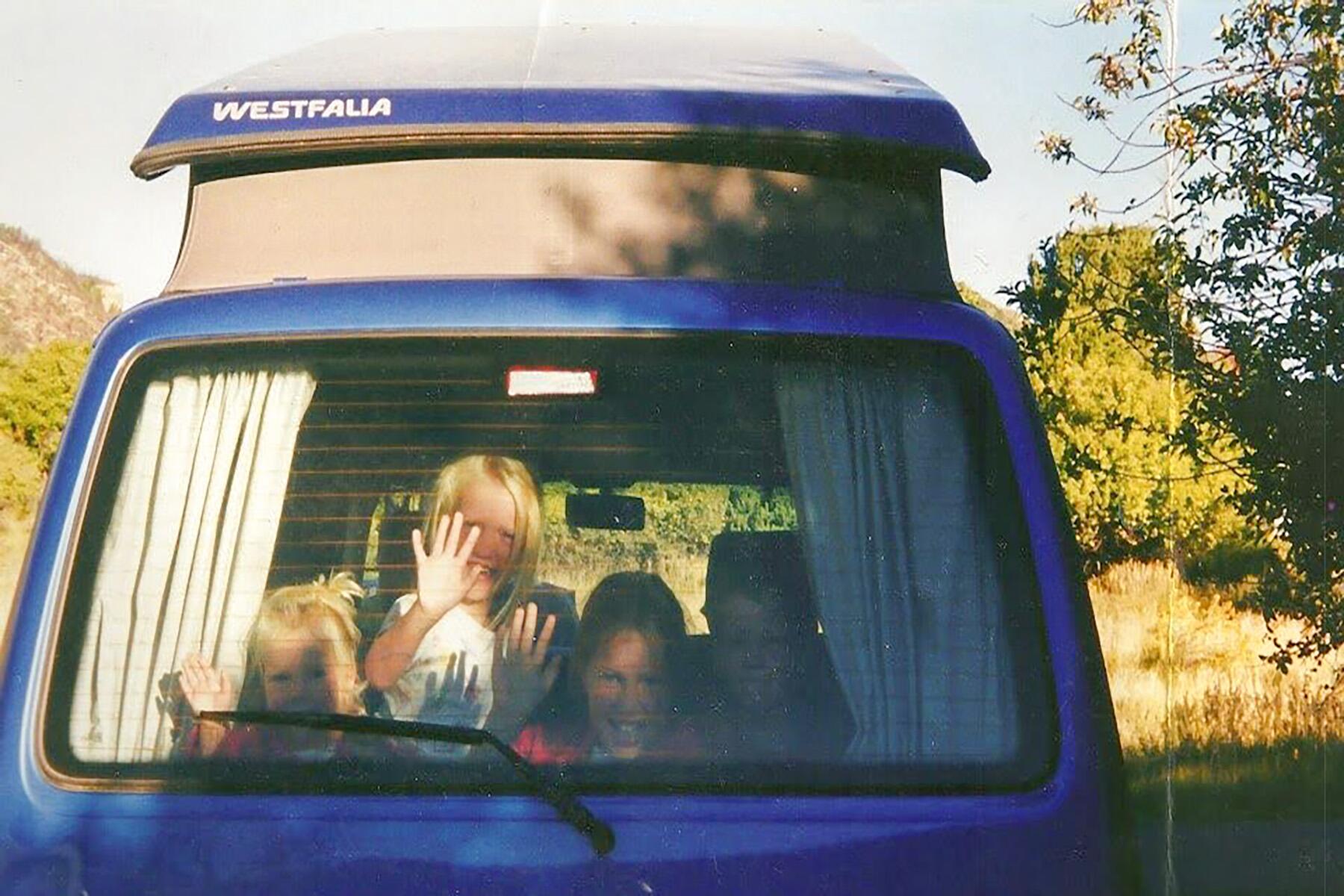
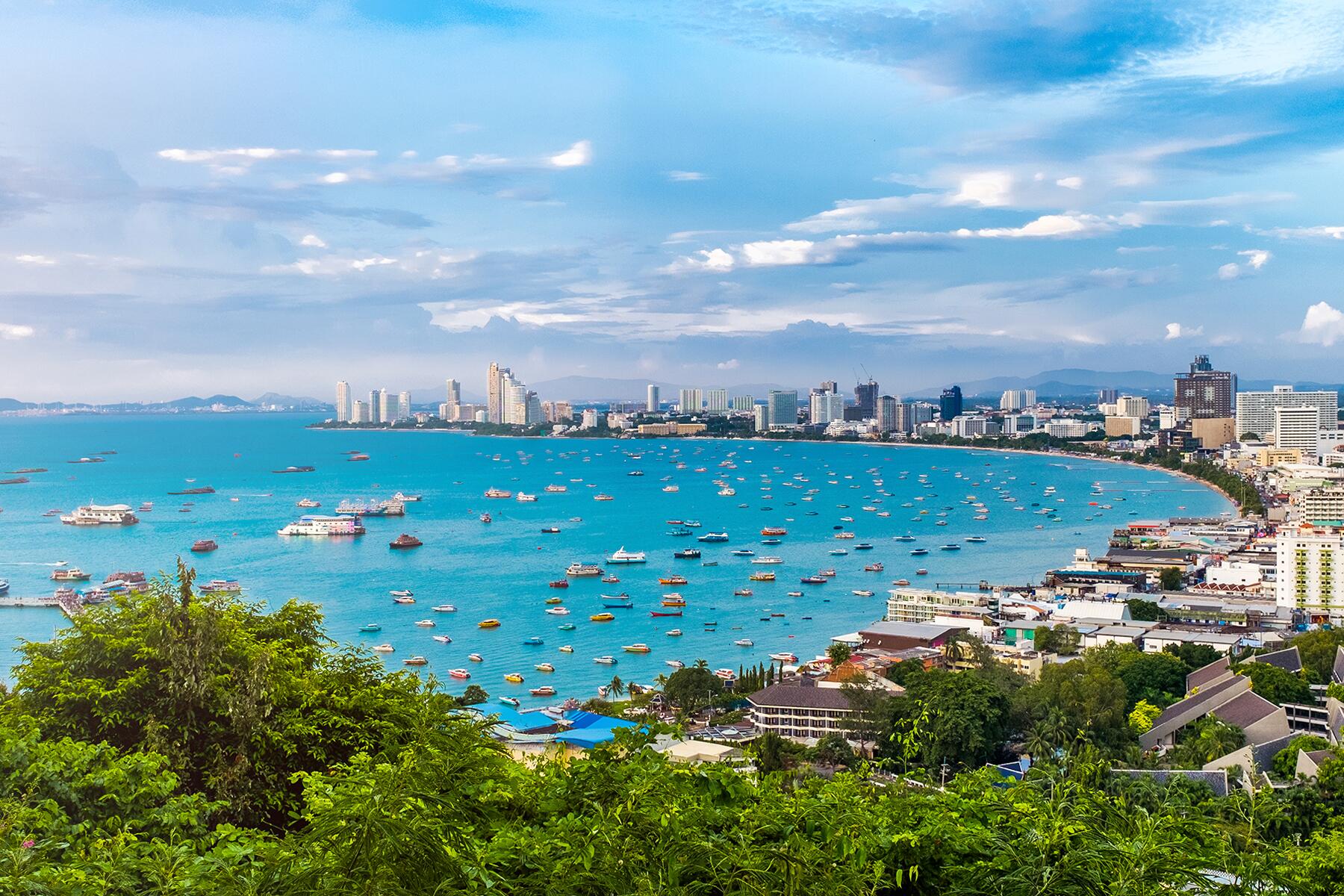


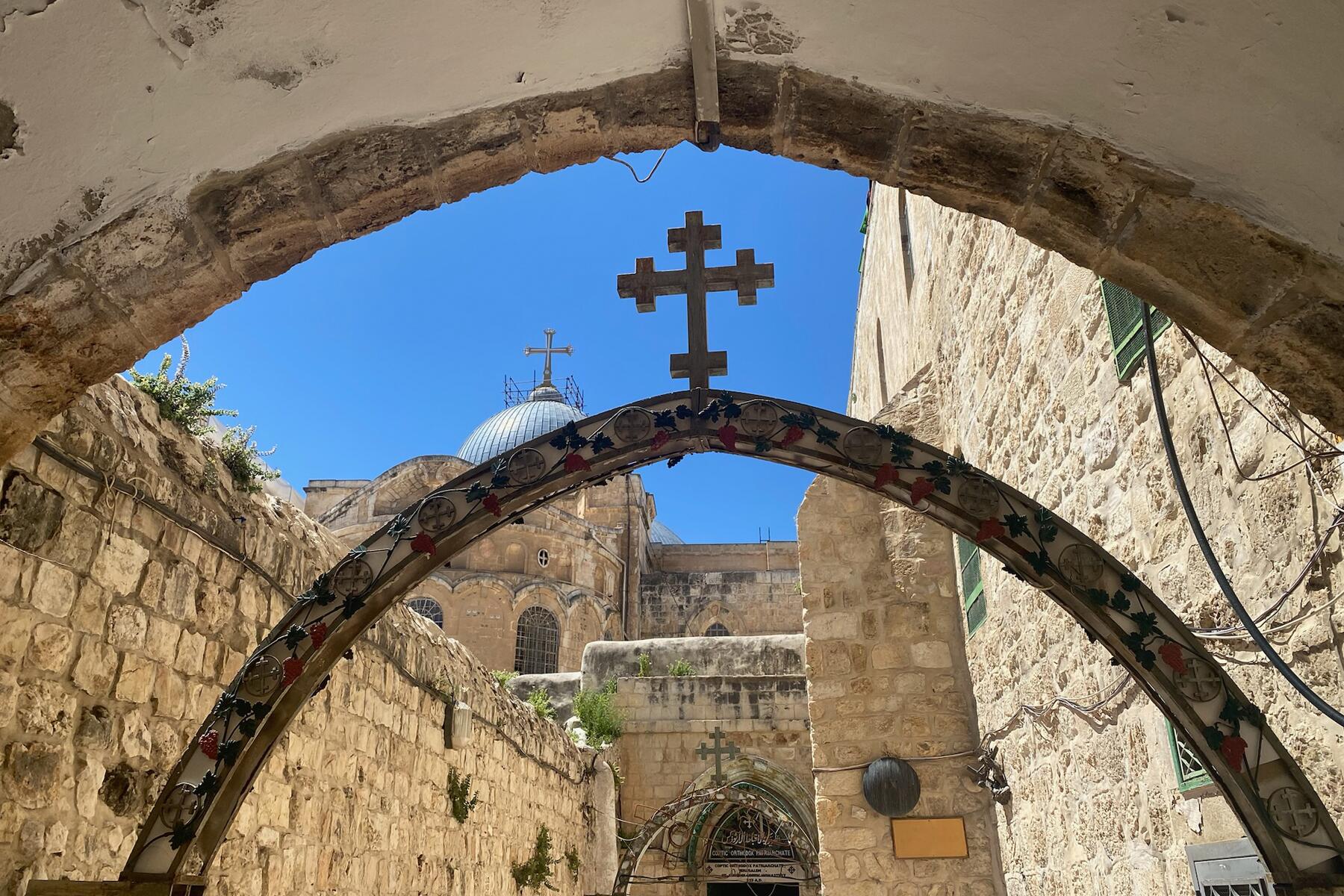

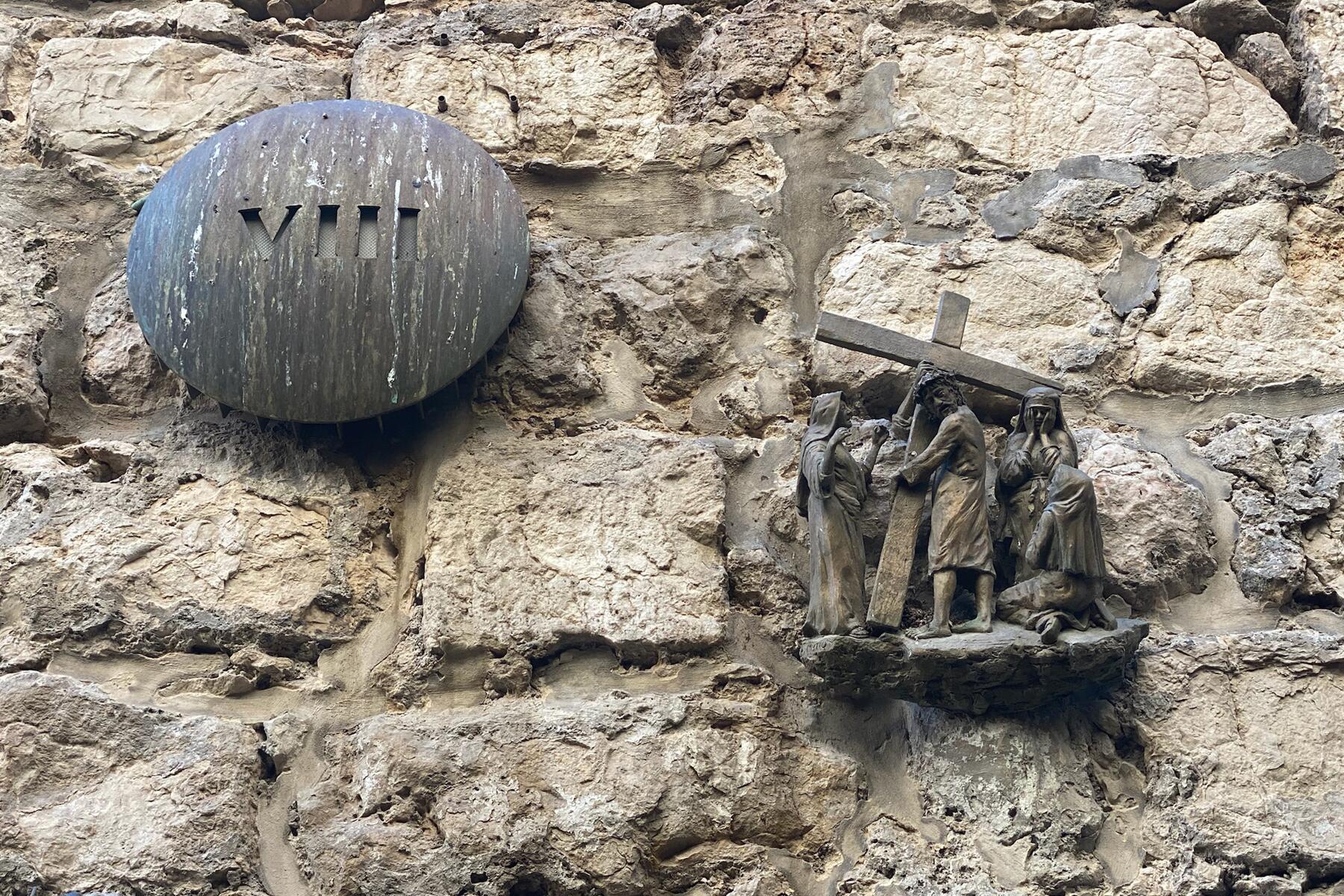
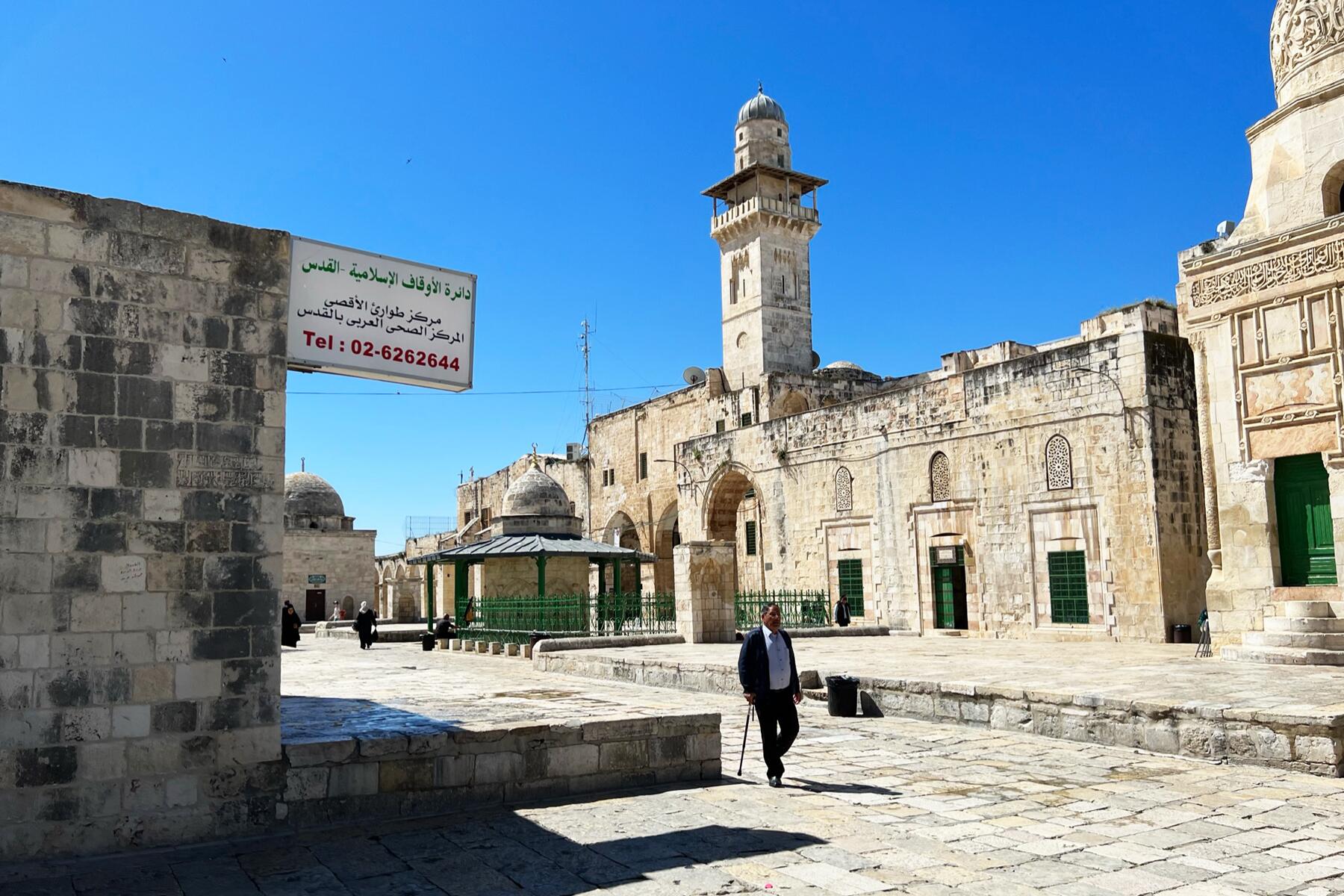

With respect, I found this article severely wanting in more areas than I can count, but one stood out more than any other. Jew or not (I'm Jewish.), forget whether or not you studied Torah, you clearly didn't do your homework before you left or you would have known more and understood more.